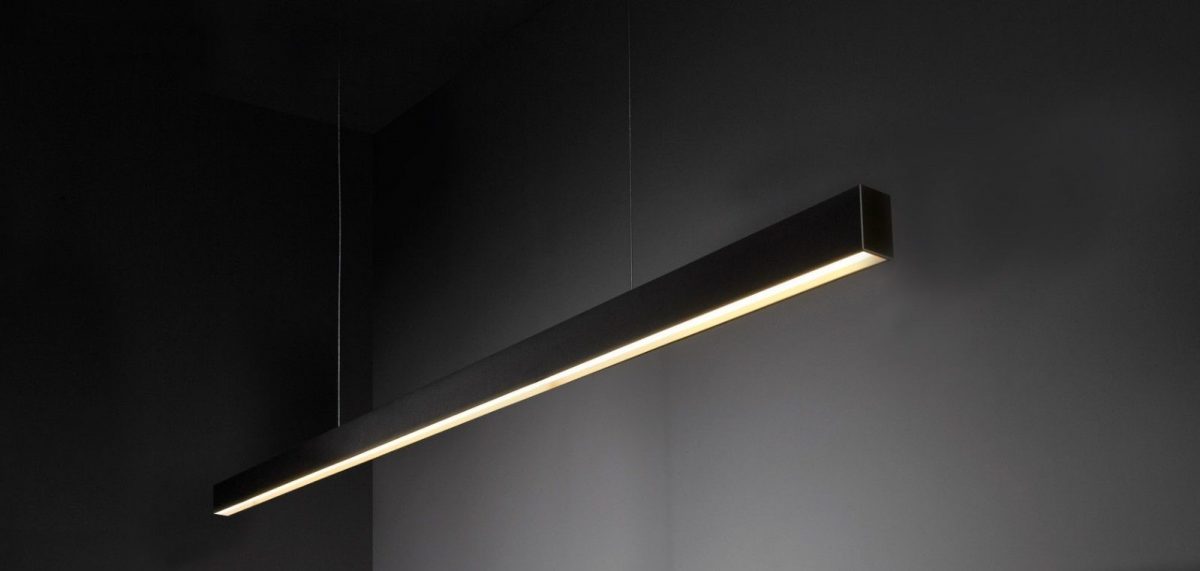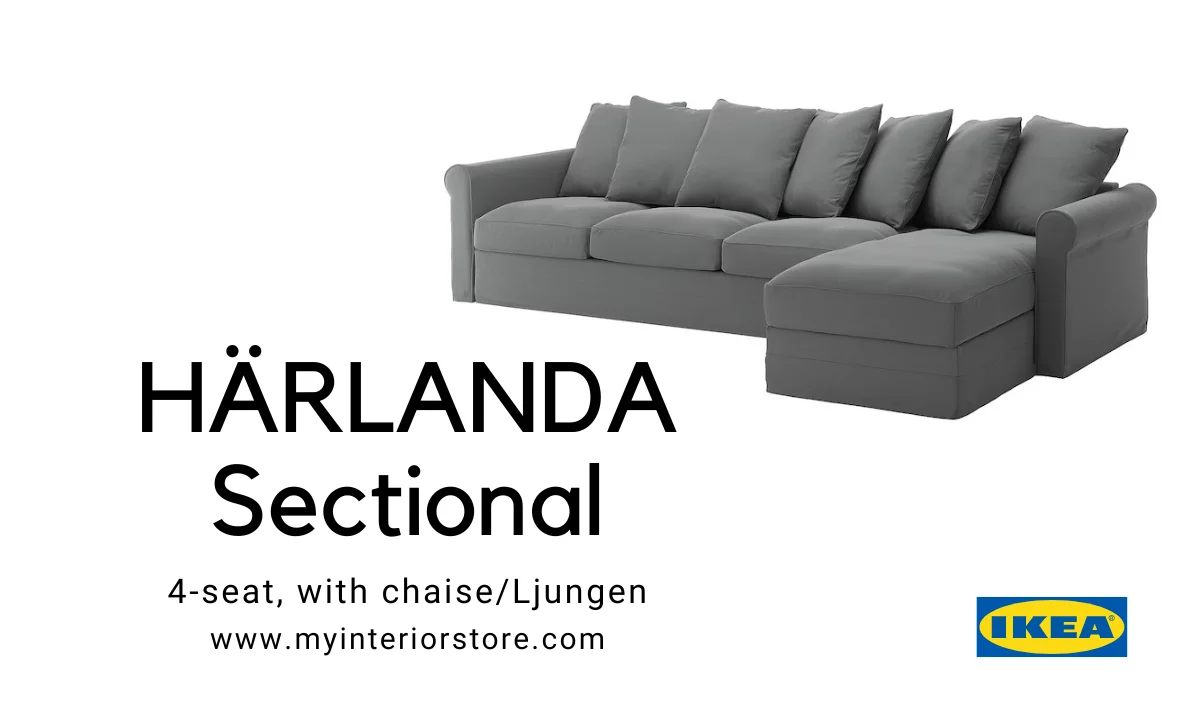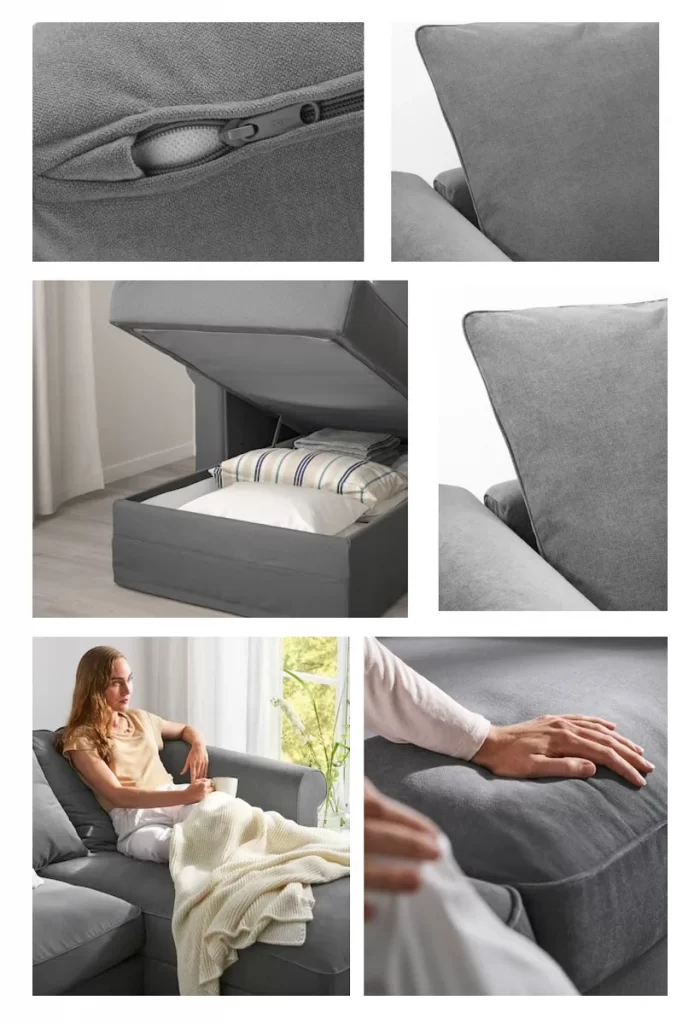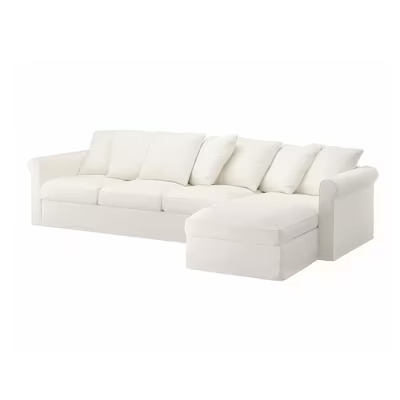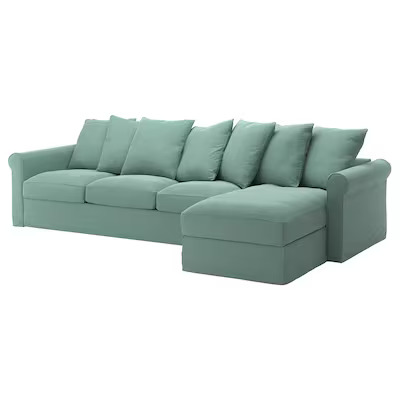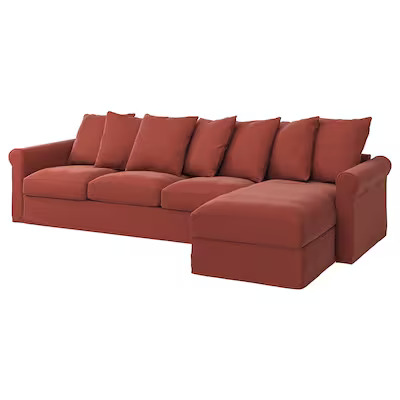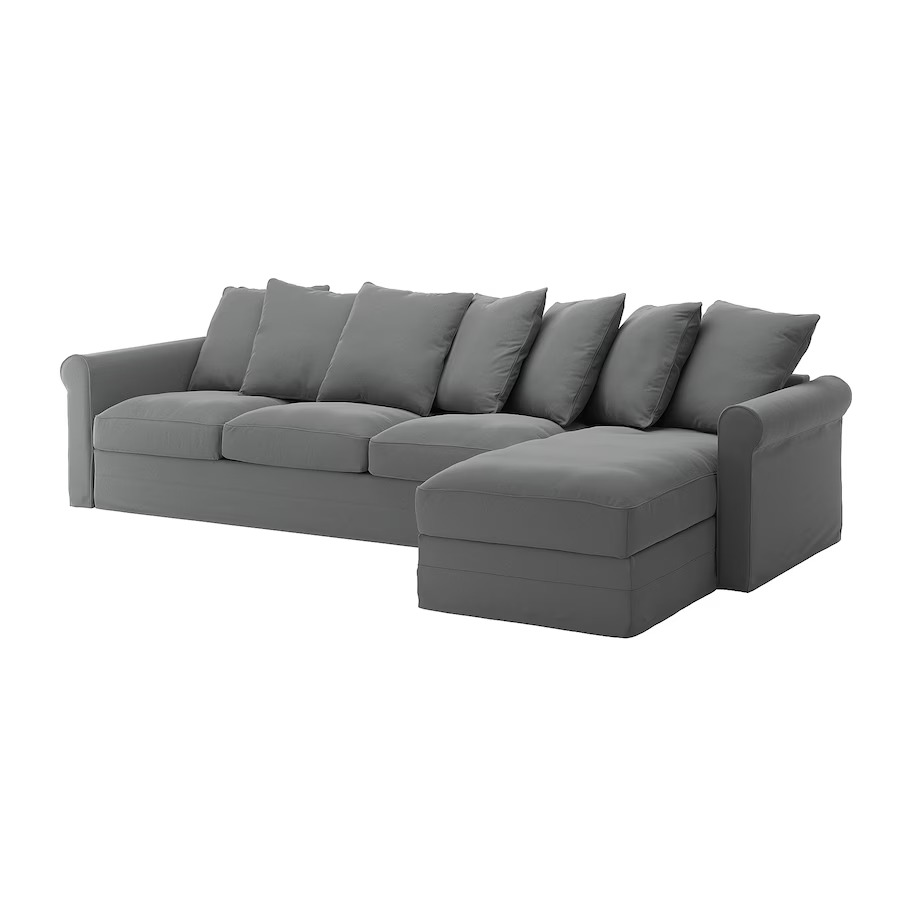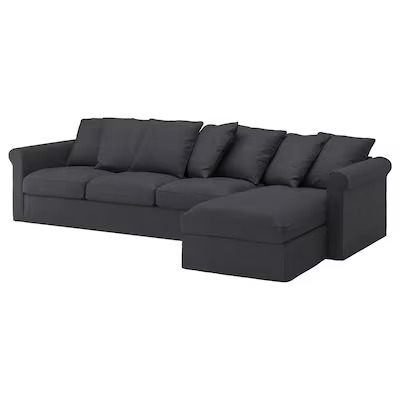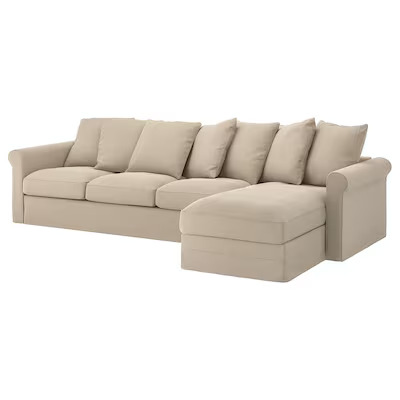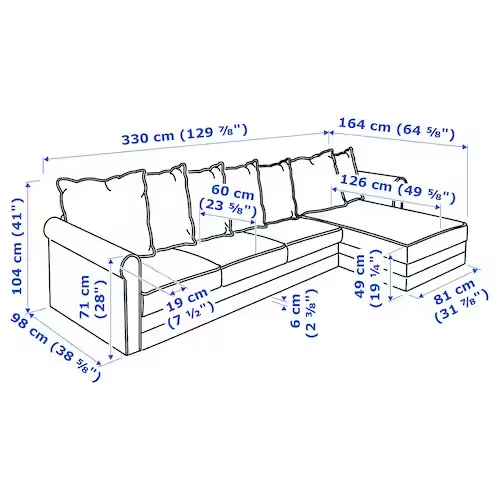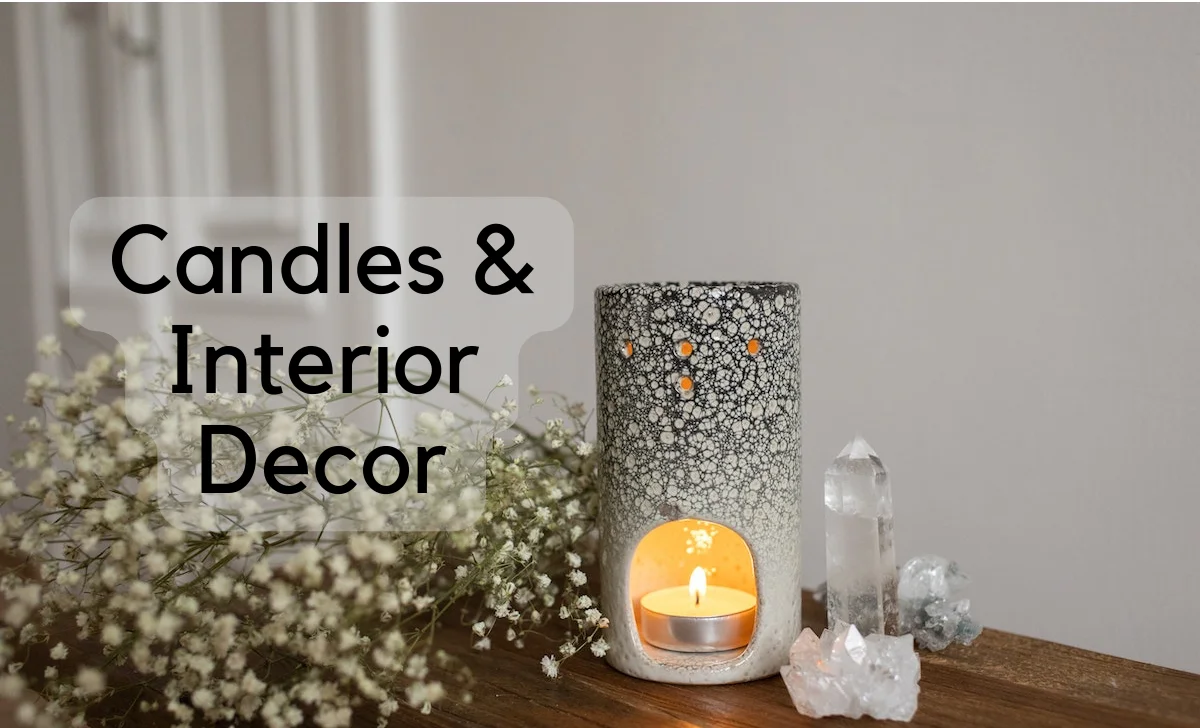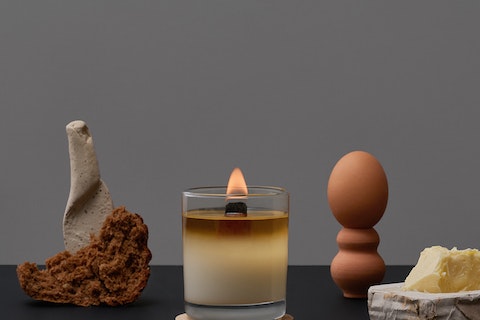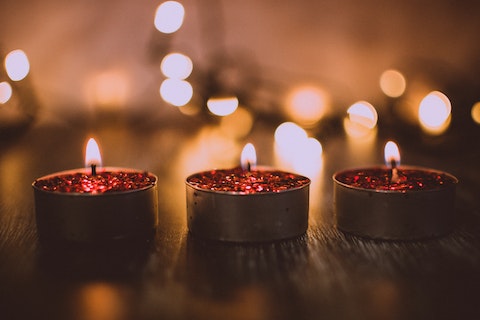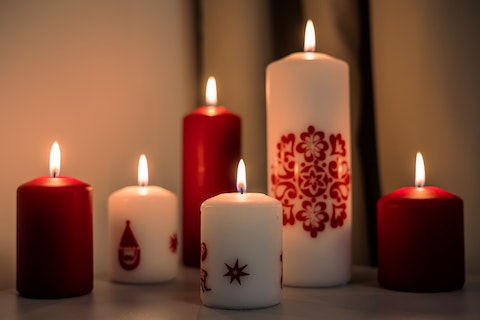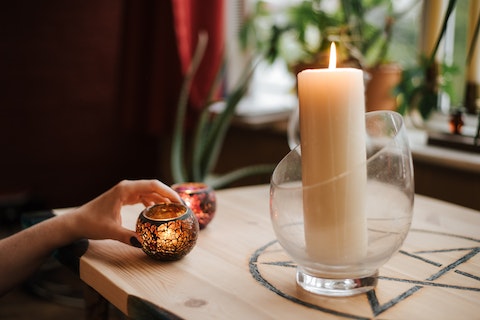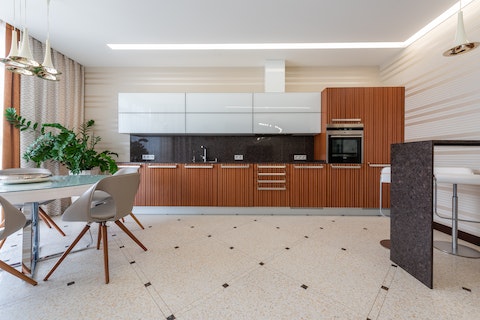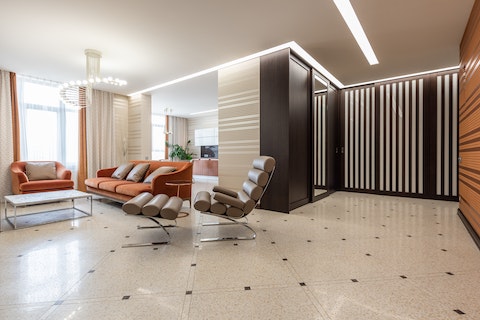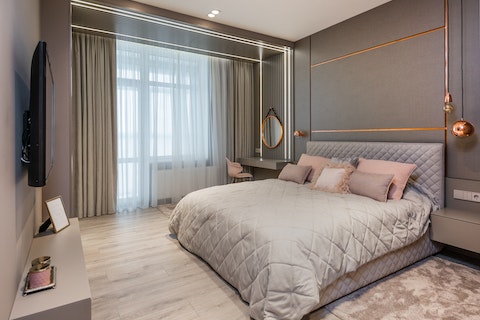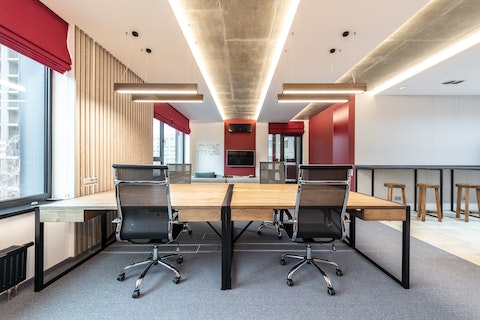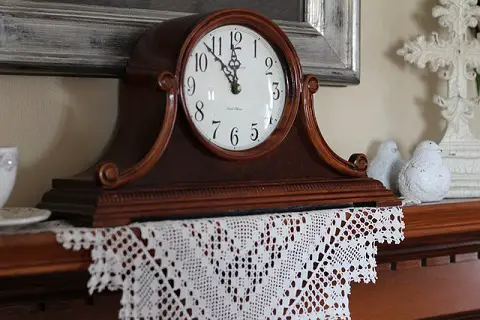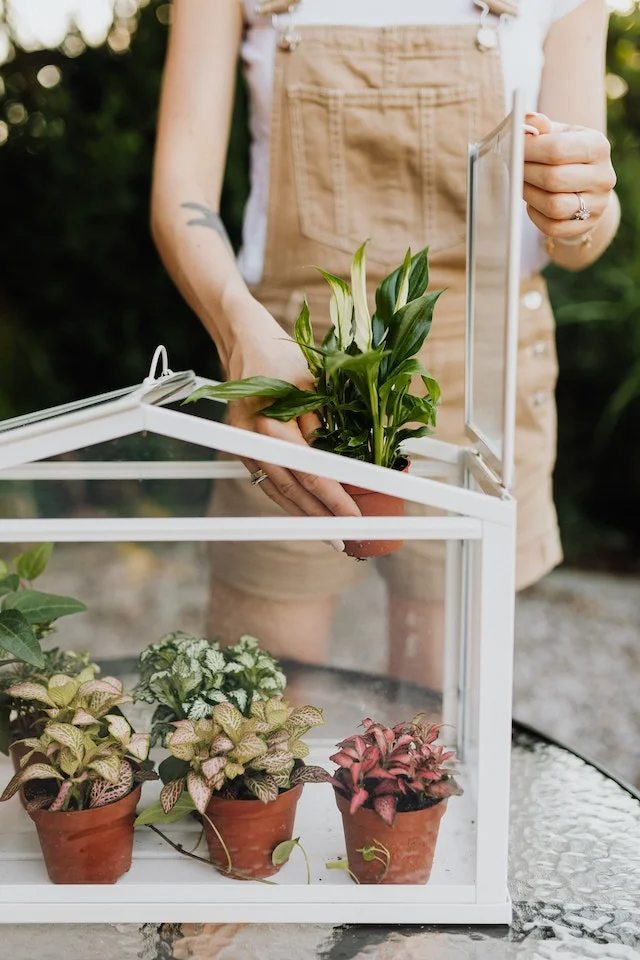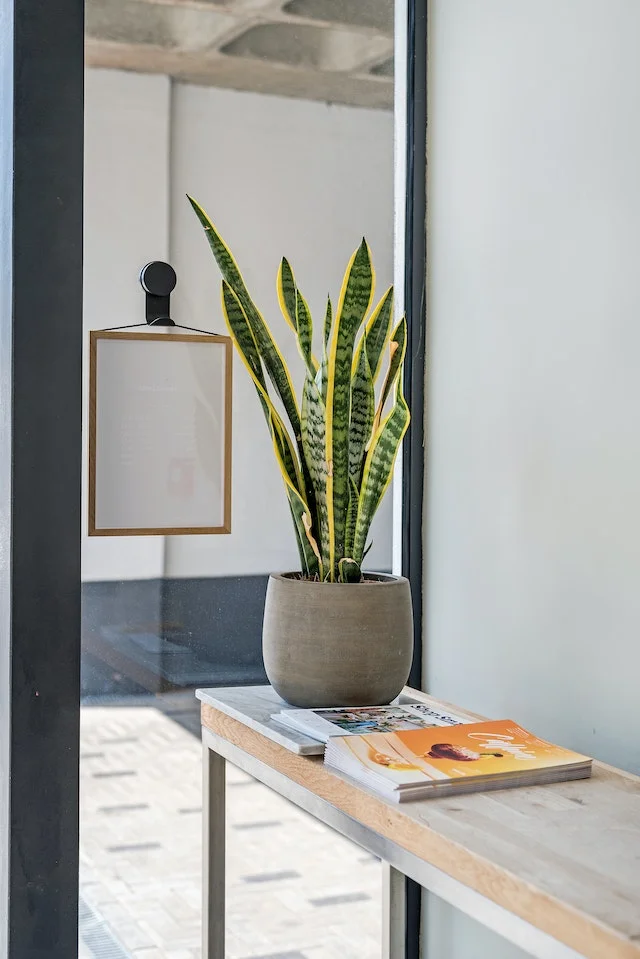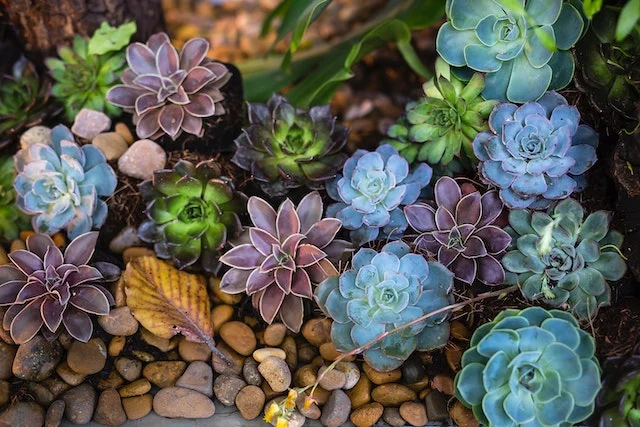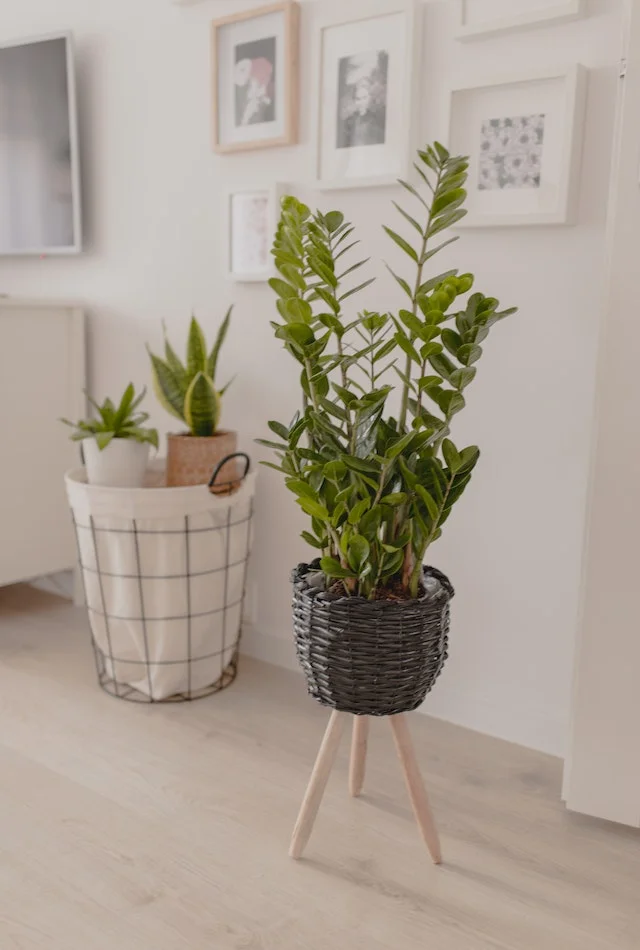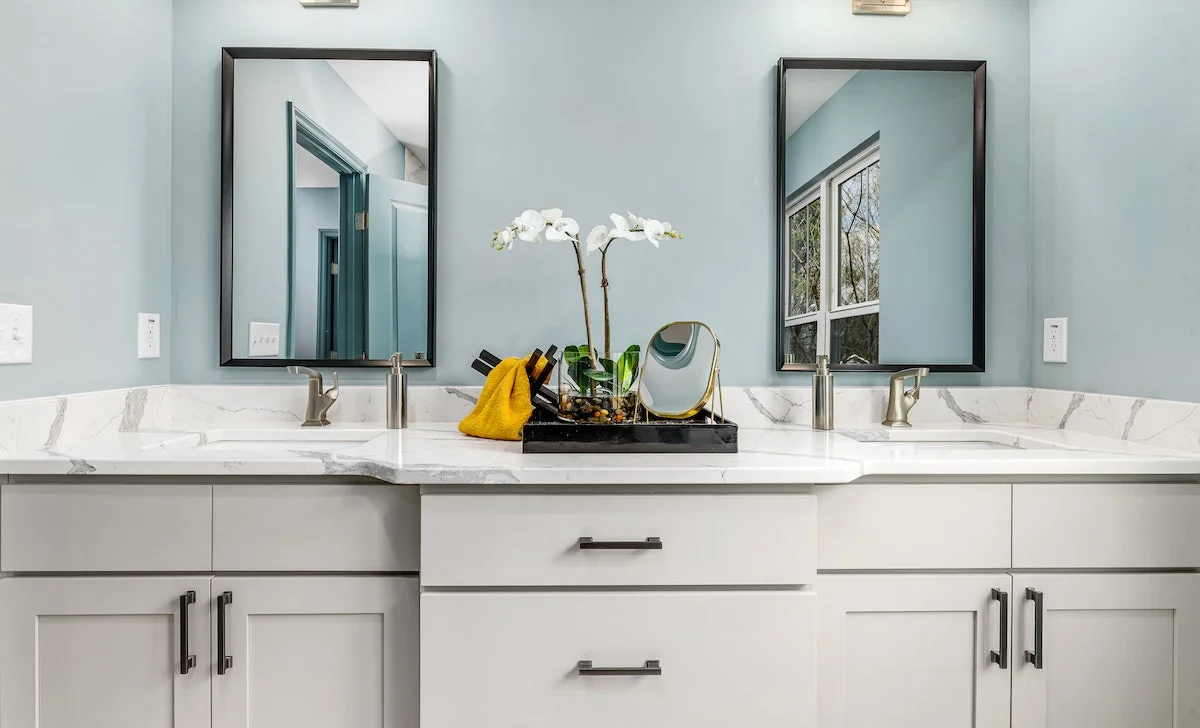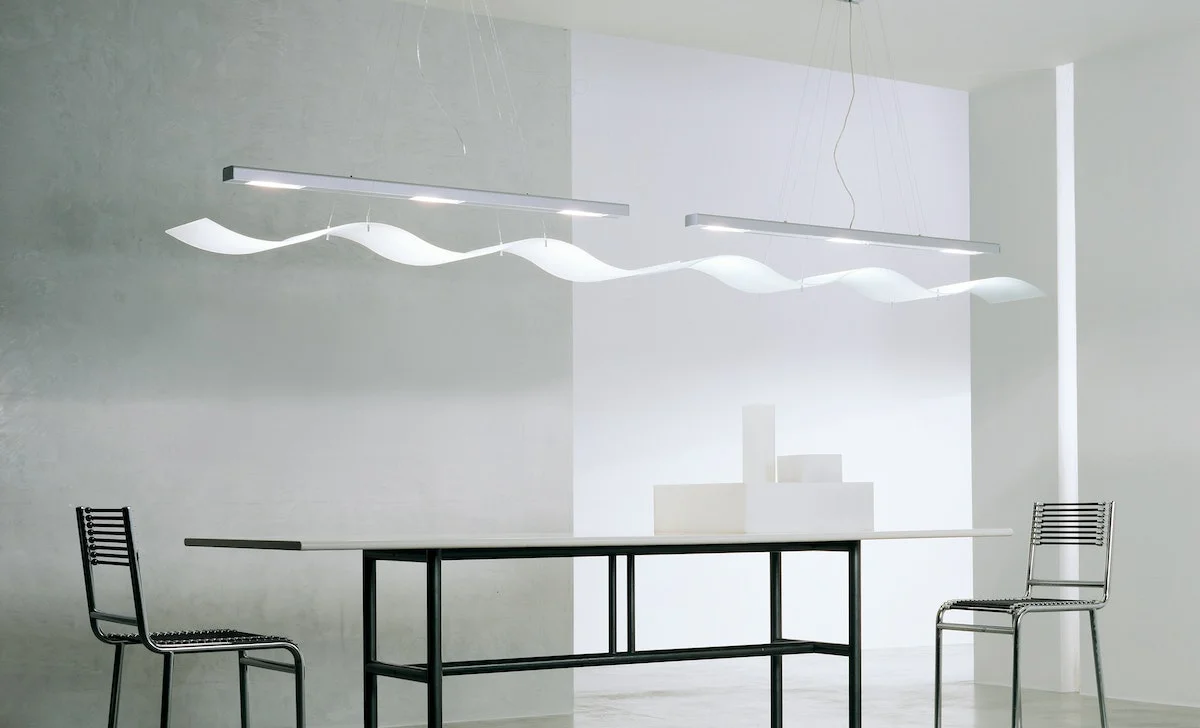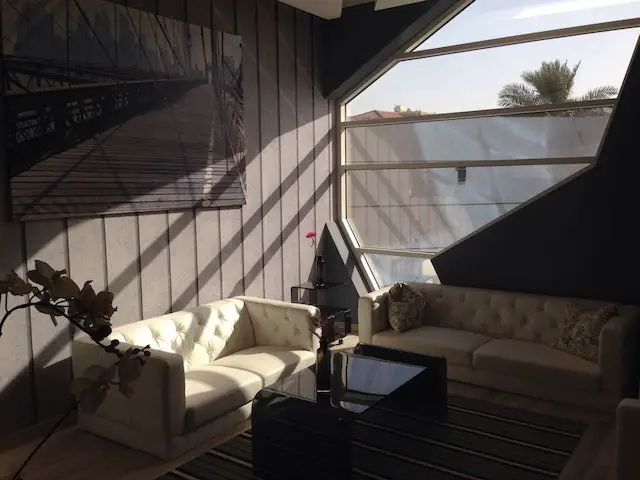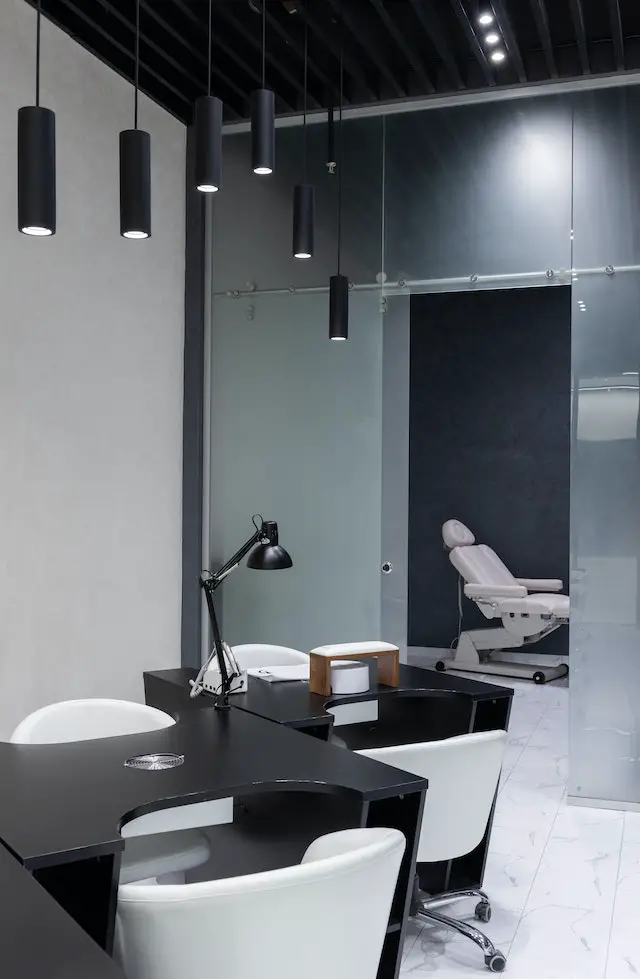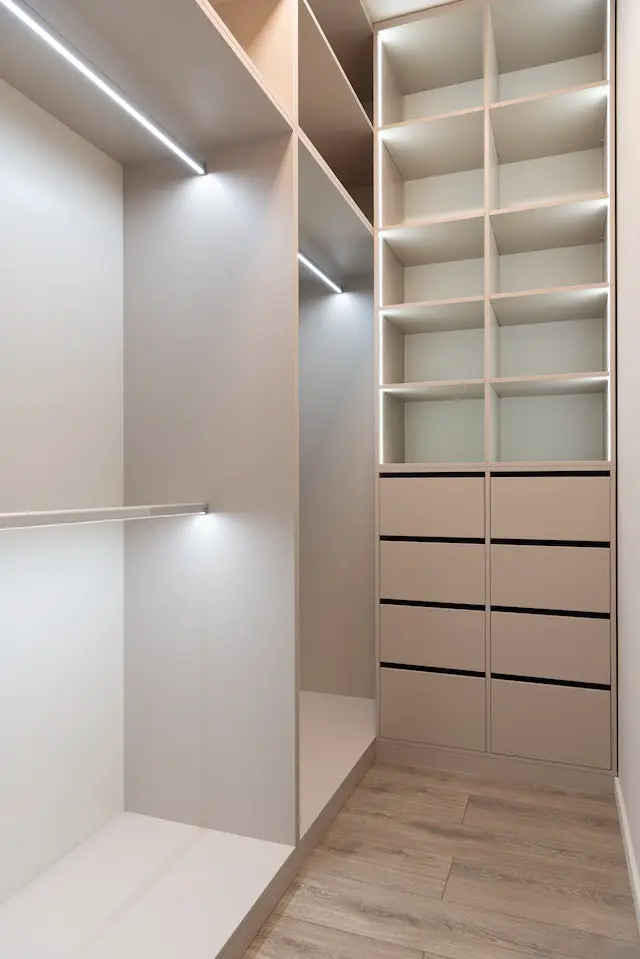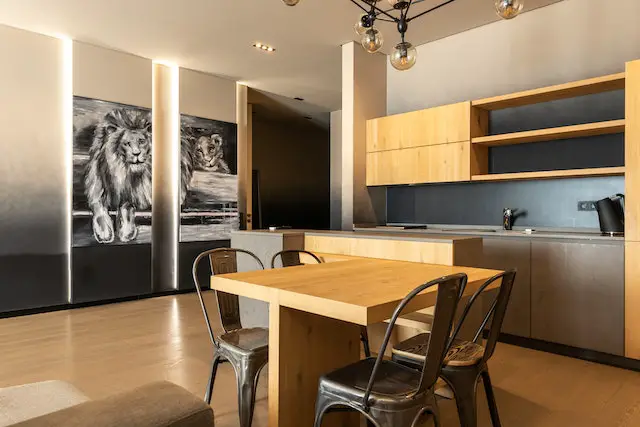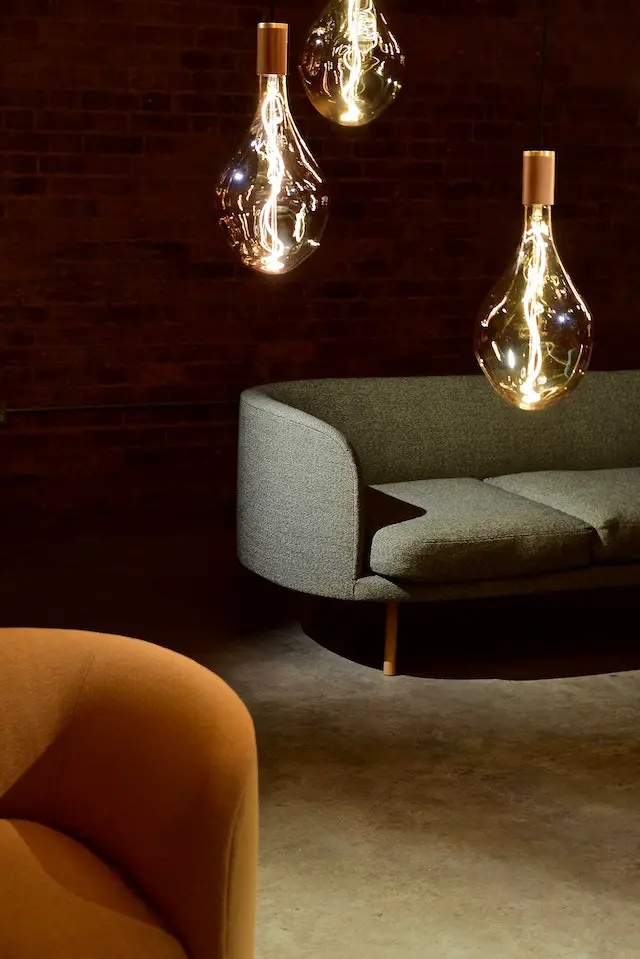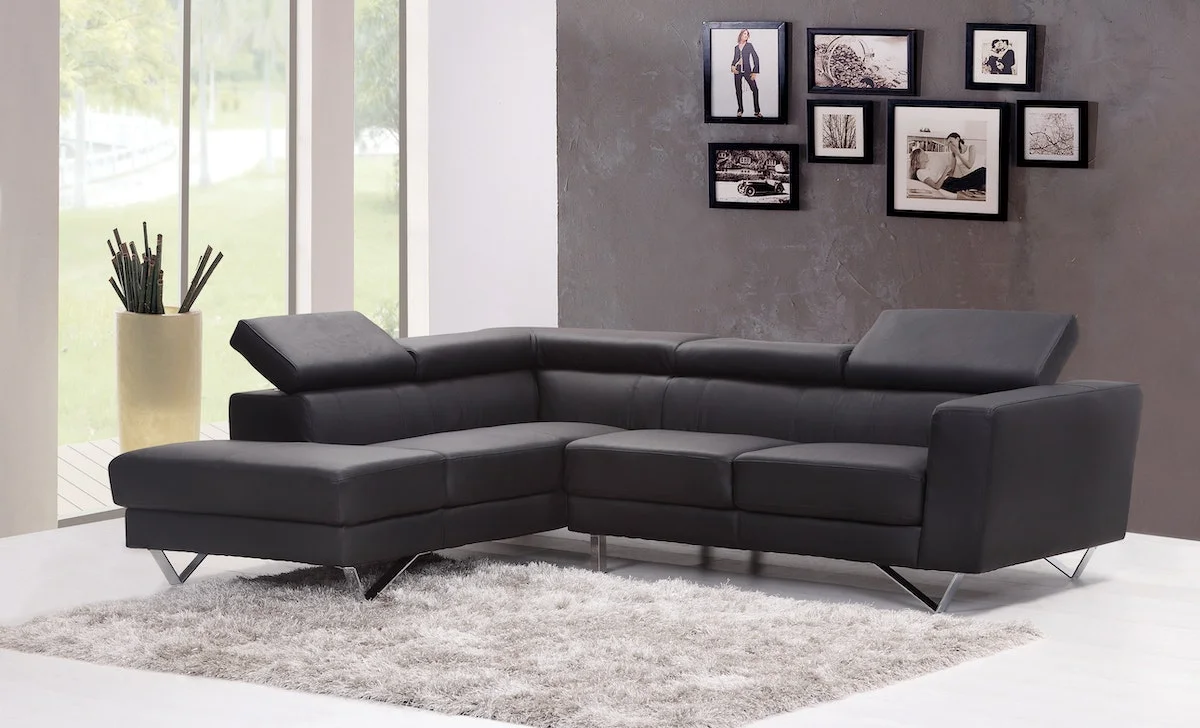Creative Ways to Hide the Internet Router: The Internet router has become an essential device in our homes, connecting us to the digital world. While its functionality is crucial, its appearance may not always align with our interior design preferences. Additionally, concealing the router can help enhance security by preventing unauthorized access. In this article, we will explore various creative and practical ways to hide the internet router effectively.
1. Introduction
In this age of connectivity, the internet router has transformed into a necessary piece of technology. However, its appearance, often characterized by antennas, blinking lights, and cables, can disrupt the aesthetic harmony of a well-designed space. Finding the right hiding spot for the router not only improves the visual appeal of your home but also ensures a secure and efficient network connection.
2. Importance of Hiding the Internet Router
2.1 Enhancing Aesthetics
Your home is a reflection of your personal style, and every element contributes to its overall ambiance. By hiding the internet router, you can create a clean and clutter-free environment, allowing the focus to remain on your carefully chosen decor. Eliminating the unsightly tangle of wires and blinking lights can significantly improve the visual appeal of any room.
2.2 Securing the Router
Aside from aesthetic considerations, concealing the router can also enhance security. Exposing the router openly may invite unwanted attention and potential tampering. By hiding it from view, you decrease the chances of unauthorized access, protecting your network and personal information.
3. Factors to Consider for Hiding the Router
Before diving into the creative ways to hide the internet router, it’s essential to consider a few factors for optimal placement.
3.1 Signal Strength and Placement
The router’s positioning plays a crucial role in ensuring optimal signal strength throughout your home. When selecting a hiding spot, consider areas that offer good coverage and minimal signal interference, such as centrally located spaces with few obstacles.
3.2 Cable Management
Hiding the router shouldn’t compromise the integrity of its connections. Ensure proper cable management by selecting a location that allows for easy access to power outlets and Ethernet ports, while keeping excess wires neatly organized.
3.3 Ventilation and Heat Dissipation
Routers generate heat during
operation, so it’s vital to choose a hiding spot that provides adequate ventilation. Avoid enclosing the router in a tightly sealed space to prevent overheating and potential performance issues.
3.4 Accessibility
While hiding the router, it’s crucial to consider accessibility for maintenance or troubleshooting purposes. Ensure that the hiding spot allows easy access to the router’s buttons, ports, and cables, in case any adjustments or repairs are needed.
4. Creative Ways to Hide the Internet Router
Now let’s explore some creative solutions to hide the internet router while maintaining both functionality and aesthetics.
4.1 Concealing with Decorative Boxes or Containers
One popular method is to place the router inside a decorative box or container that complements your room’s decor. Choose a box that is spacious enough to accommodate the router and has openings for proper airflow. You can even customize the box by cutting holes for cables and adding a stylish cover to camouflage the router.
4.2 Using Furniture or Shelving Units
Integrating the router into existing furniture or shelving units is another clever way to hide it. Consider utilizing a hollowed-out space in a bookshelf, entertainment center, or side table to discreetly house the router. Just ensure that the furniture piece provides sufficient ventilation and easy access for maintenance.
4.3 Incorporating Plants or Greenery
Adding a touch of nature to your hiding solution, you can place the router near indoor plants or incorporate plant stands to conceal it. The foliage will help blend the router into the natural environment while allowing for proper airflow. Be cautious not to obstruct the signals with dense foliage.
4.4 Utilizing Wall Art or Picture Frames
Transforming the router into a functional piece of art is an innovative way to hide it. Consider using a wall-mounted frame with a hinged panel or a picture frame with a removable back. This allows you to easily access the router while disguising it as a captivating artwork or photograph.
4.5 Camouflaging with Books or Bookshelves
For book lovers, integrating the router into a bookshelf or using hollowed-out books to hide it can be an intriguing solution. Arrange books strategically, leaving a gap for the router, or stack books around it to blend it seamlessly into your literary collection.
5. DIY Router Hiding Solutions
If you’re feeling crafty, here are a few do-it-yourself (DIY) router hiding solutions that you can try:
5.1 Customized Router Enclosures
Build a custom enclosure for your router using materials like wood, acrylic, or even repurposed household items. Design a sleek and functional casing that matches your interior style while ensuring proper ventilation and accessibility.
5.2 Router Cover or Disguise
Create a decorative cover or disguise for the router using fabrics, wallpapers, or adhesive vinyl. You can match it with the surrounding decor or even make it blend into the background by mimicking the texture or pattern of the wall.
5.3 Concealing with Mirrors or Mirrored Surfaces
Incorporate mirrors or mirrored surfaces into your router hiding solution to add a touch of elegance and illusion. Place the router behind a strategically positioned mirror or use mirrored panels to hide it discreetly while creating a visually spacious effect.
5.4 Installing a Hidden Cabinet or Drawer
If you prefer a more concealed approach, consider installing a hidden cabinet or drawer specifically designed to house the router. These can be integrated into existing furniture or built as standalone units, allowing easy access while keeping the router completely hidden from view.
6. Ensuring Optimal Router Performance
While hiding the router, it’s crucial to maintain its performance. Here are a few tips to ensure optimal router functionality:
6.1 Avoiding Signal Interference
To ensure a strong and stable internet connection, avoid placing the router near devices or materials that may cause signal interference. Keep it away from large appliances, metal objects, or thick walls that can obstruct the wireless signal. This will help maximize the router’s range and provide consistent connectivity throughout your home.
6.2 Regular Maintenance and Cleaning
Even when the router is hidden, it still requires regular maintenance to function optimally. Dust and debris can accumulate over time, affecting its performance. Clean the router and its surroundings periodically, using a soft cloth or compressed air to remove any buildup. This simple practice can prevent overheating and signal disruptions.
Image by WikimediaImages from Pixabay

